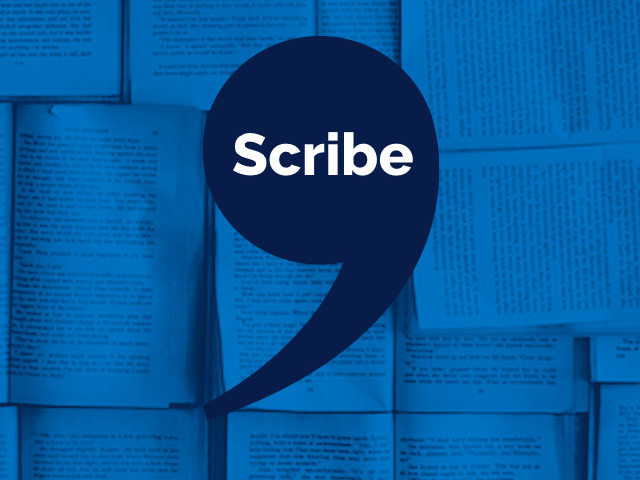“Keep submitting to the journals you love and don’t be daunted when the best story you’ve ever written is rejected forty times in a row.”
-Stacey Swann
Stacey Swann is teaching a class for the Writers’ League of Texas called “How to Submit to Journals” on January 28 at St. Edward’s University in Austin, TX. If you are a writer stories ready to send out into the world, this class will help you arrive at that elusive understanding: what editors really value and expect. Read the interview below and visit the class page to learn more.
 Scribe: What’s the biggest misconception that writers have when they begin sending out submissions? Are there any common mistakes?
Scribe: What’s the biggest misconception that writers have when they begin sending out submissions? Are there any common mistakes?
Stacey Swann: Misconceptions are often rooted in the writer’s own background. For example, writers who have worked in journalism or other nonfiction writing often assume that journals publishing fiction work the same way. Sadly, the response time for many fiction publications is 3-6 months, and some take longer than that. And upon acceptance, you will typically wait longer for publication than with other forms of writing like journalism. New writers often also assume that they will get constructive feedback from editors and are disappointed by the form letter rejections. But always remember that it isn’t because the editors don’t care! Literary journals are labors of love, and often the staff have other full time jobs. The move to electronic submissions has been a great boon to writers but also means that journals are dealing with twice as many submissions as they were fifteen years ago.
Scribe: Are there tools and resources to help find places to submit and track those submissions?
SS: Definitely! Duotrope has been around for a long time, and you can try out a free trial for a month. Poets & Writers and New Pages also have great lists. Recently, a student turned me on to Submission Grinder, which is much like Duotrope but completely free. A good chunk of journals now use Submittable for submissions, and they have a great interface that tracks all your submissions through their system.
Scribe: What do editors really look for (good or bad) when reading submissions?
SS: Editors really are looking for the same things any reader is when they pick up a new story—they want a narrative voice that they trust and enjoy listening to, characters and a plot that engage them, and a fictional world that feels concrete and believable. The added wrinkle is that, because they read so much more than a typical reader, they are also looking for something that can surprise them or feels different than other stories they have read before.
Scribe: What are reasonable expectations that writers should have as they begin sending out their work?
SS: The good news is that there are more and more journals out there publishing excellent work. So if you put in the time and effort of sending out your work to a wide range of journals, including ones new to the scene, chances for publication are very high. But for writers concentrating on the more competitive markets—the ones whose stories often wind up in the Best Of anthologies—the best trait to have is patience. Keep submitting to the journals you love and don’t be daunted when the best story you’ve ever written is rejected forty times in a row. There’s a certain amount of luck at work in this process, but I truly believe that hard work and persistence beats luck every time.
—
Thanks, Stacey!
Click here to register for Stacey’s class.
Click here for our current class schedule.
About the Instructor
Stacey Swann’s fiction has appeared in Epoch, Memorious, Versal, and other journals. The former editor at American Short Fiction and former Stegner Fellow, she teaches with Stanford University’s Online Writer’s Studio. She’s at work on Olympus, TX, a novel-in-progress she is whittling down from Texas-sized to a more modest Montana or New Mexico size.









